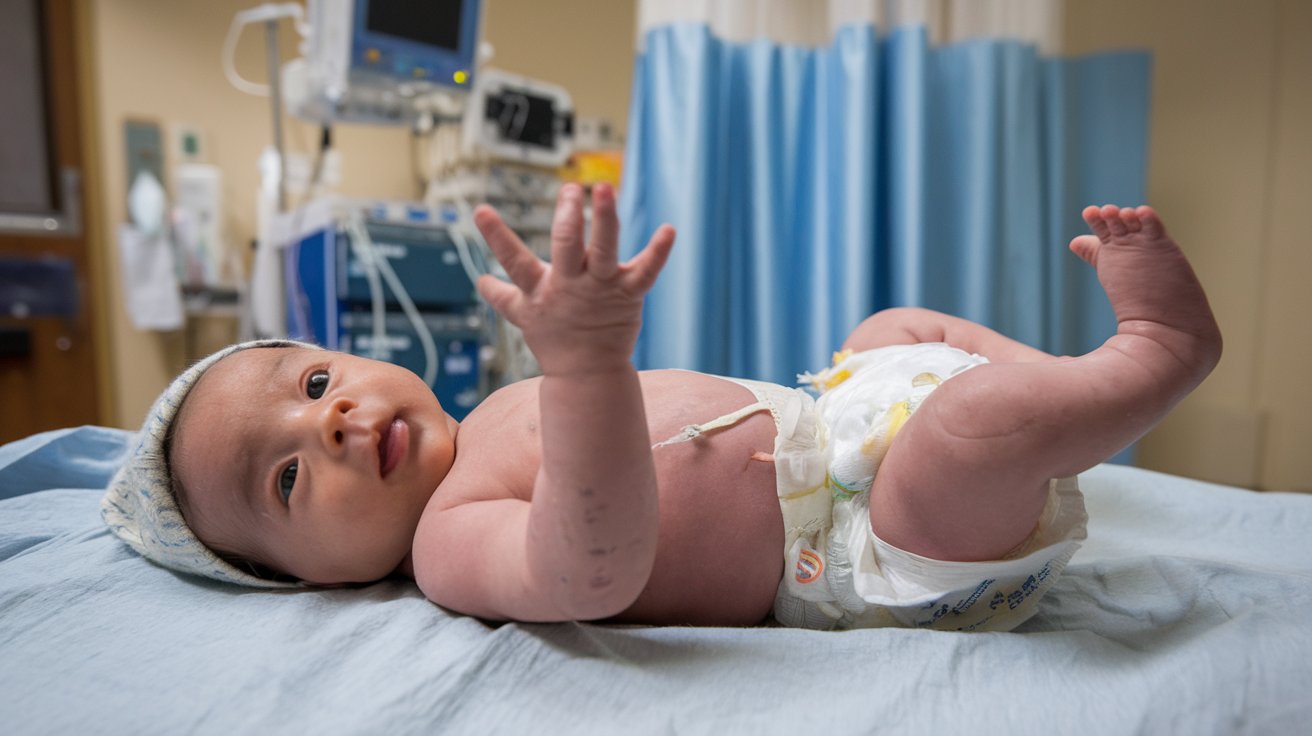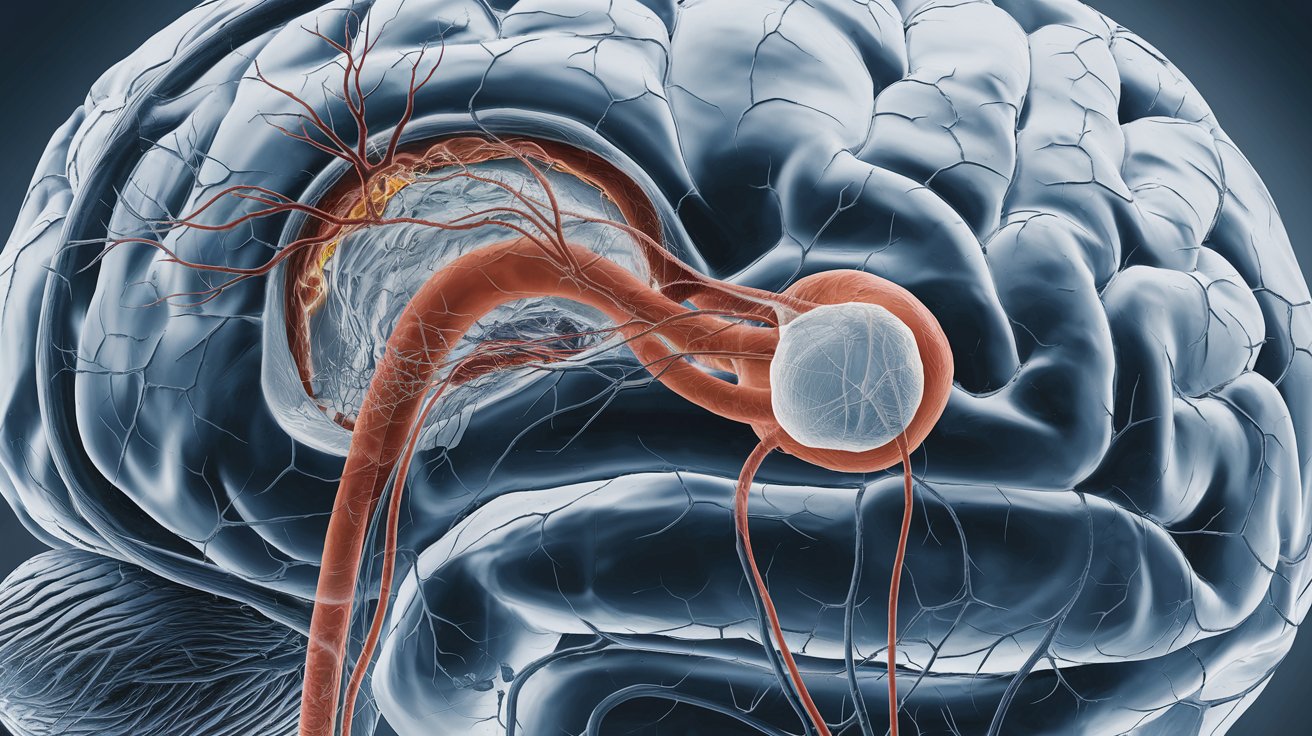
Congenital amputation is a condition where a baby is born without a limb or limbs. This can happen for various reasons, including genetic factors or issues during pregnancy. Did you know that about 1 in 2,000 babies are born with this condition? While it might sound rare, many people with congenital amputation lead full, active lives. Advances in prosthetics and medical care have made it easier for them to adapt and thrive. From athletes to artists, individuals with congenital amputation often achieve remarkable feats. This blog post will share 40 intriguing facts about congenital amputation, shedding light on the challenges and triumphs faced by those living with this condition.
Key Takeaways:
- Congenital amputation, the absence of limbs at birth, can be caused by genetic factors, environmental influences, or amniotic band syndrome. Individuals with congenital amputation lead inspiring lives with the right support and adaptations.
- Advances in prosthetics, adaptive devices, and medical research offer hope and improved quality of life for individuals with congenital amputation. Famous individuals and advocacy groups also provide inspiration and support.
What is Congenital Amputation?
Congenital amputation refers to the absence of a limb or limbs at birth. This condition can affect any part of the body and varies in severity. Here are some fascinating facts about congenital amputation.
-
Congenital amputation occurs when a limb or part of a limb fails to form properly during pregnancy. This can happen for various reasons, including genetic factors or environmental influences.
-
Amniotic band syndrome is one of the most common causes of congenital amputation. This condition occurs when fibrous bands in the amniotic sac constrict parts of the fetus, leading to limb deformities or amputations.
-
Genetic mutations can also lead to congenital amputation. Some genetic disorders interfere with normal limb development, resulting in missing or underdeveloped limbs.
-
Environmental factors such as exposure to certain drugs, chemicals, or infections during pregnancy can increase the risk of congenital amputation. Thalidomide, a drug once prescribed for morning sickness, famously caused limb deformities in thousands of babies.
-
Congenital amputation can affect one or multiple limbs. Some individuals may be missing a single finger, while others might be born without both arms and legs.
Types of Congenital Amputation
There are several types of congenital amputation, each with unique characteristics. Understanding these types can help in providing appropriate care and support.
-
Transverse deficiencies occur when a limb is missing beyond a certain point, resembling an amputation. For example, a child might have a fully formed upper arm but no forearm or hand.
-
Longitudinal deficiencies involve the absence or underdevelopment of specific bones within a limb. This can result in a limb that is shorter or has missing parts, such as fingers or toes.
-
Phocomelia is a rare type of congenital amputation where the limbs are severely shortened, and the hands or feet may be attached close to the body. This condition was notably caused by thalidomide exposure.
-
Hemimelia refers to the partial absence of a limb. For instance, a child might have a lower leg but no foot.
-
Adactyly is the absence of fingers or toes. This can occur in isolation or as part of a broader limb deficiency.
Impact on Daily Life
Living with congenital amputation presents unique challenges, but many individuals lead fulfilling lives with the right support and adaptations.
-
Prosthetic limbs can greatly enhance mobility and functionality for individuals with congenital amputation. Modern prosthetics are highly advanced, offering a range of motion and capabilities.
-
Adaptive devices such as specialized utensils, keyboards, and sports equipment can help individuals with congenital amputation perform daily tasks more easily.
-
Physical therapy plays a crucial role in helping individuals with congenital amputation develop strength, coordination, and independence.
-
Occupational therapy focuses on teaching practical skills and strategies for daily living, such as dressing, cooking, and using assistive devices.
-
Psychological support is essential for individuals with congenital amputation and their families. Counseling can help address emotional challenges and promote a positive self-image.
Famous Individuals with Congenital Amputation
Many people with congenital amputation have achieved remarkable success in various fields, proving that physical limitations do not define one's potential.
-
Nick Vujicic is a motivational speaker born without arms and legs. He has inspired millions with his message of hope and resilience.
-
Jessica Cox is the world's first licensed armless pilot. She uses her feet to fly planes, drive cars, and perform everyday tasks.
-
Tony Melendez is a musician born without arms who plays the guitar with his feet. He has performed for audiences worldwide, including Pope John Paul II.
-
Amy Purdy is a Paralympic snowboarder and motivational speaker who lost both legs below the knee due to bacterial meningitis. She has won multiple medals and competed on "Dancing with the Stars."
-
Hugh Herr is a biophysicist and rock climber who lost both legs below the knee in a climbing accident. He now designs advanced prosthetic limbs and leads the Biomechatronics group at MIT.
Medical Advances and Research
Ongoing research and technological advancements continue to improve the lives of individuals with congenital amputation.
-
3D printing technology has revolutionized the production of prosthetic limbs, making them more affordable and customizable.
-
Bionic limbs equipped with sensors and microprocessors can mimic natural movement and provide greater functionality.
-
Stem cell research holds promise for regenerating lost or damaged tissues, potentially offering new treatment options for congenital amputation in the future.
-
Genetic research aims to identify the specific genes involved in limb development, which could lead to preventive measures or targeted therapies.
-
Neuroprosthetics are advanced prosthetic limbs that can be controlled by the user's nervous system, allowing for more intuitive and precise movements.
Support and Advocacy
Organizations and advocacy groups play a vital role in supporting individuals with congenital amputation and raising awareness about their needs.
-
The Amputee Coalition provides resources, support, and advocacy for people with limb loss and limb difference.
-
Limbs for Life Foundation offers financial assistance for prosthetic care to individuals who cannot afford it.
-
Challenged Athletes Foundation supports athletes with physical disabilities, including those with congenital amputation, by providing grants for adaptive sports equipment and training.
-
Lucky Fin Project raises awareness about limb differences and provides support to families and individuals affected by congenital amputation.
-
War Amps is a Canadian organization that offers programs and services for amputees, including children born with congenital amputation.
Inspirational Stories
Hearing about the achievements and resilience of individuals with congenital amputation can be incredibly motivating.
-
Bethany Hamilton is a professional surfer who lost her arm in a shark attack. She continues to compete at the highest levels and inspires others with her story.
-
Kyle Maynard is a motivational speaker, author, and athlete born with congenital amputation of all four limbs. He has climbed Mount Kilimanjaro and competed in mixed martial arts.
-
Hannah Aspden is a Paralympic swimmer born with a congenital limb difference. She has won multiple medals and set world records in her sport.
-
Sarah Reinertsen is a triathlete and the first female amputee to complete the Ironman World Championship. She has also competed on "The Amazing Race."
-
Mark Inglis is a mountaineer who lost both legs below the knee due to frostbite. He became the first double amputee to summit Mount Everest.
Challenges and Overcoming Obstacles
Living with congenital amputation involves overcoming various challenges, but many individuals find ways to adapt and thrive.
-
Accessibility can be a significant barrier for individuals with congenital amputation. Ensuring that public spaces, transportation, and buildings are accessible is crucial for their independence.
-
Social stigma and misconceptions about congenital amputation can lead to discrimination and exclusion. Education and awareness are key to changing attitudes and promoting inclusion.
-
Employment opportunities may be limited for individuals with congenital amputation, but many excel in their chosen fields with the right support and accommodations.
-
Sports and recreation can be challenging, but adaptive sports programs and equipment enable individuals with congenital amputation to participate and compete.
-
Education and training are essential for individuals with congenital amputation to achieve their full potential. Access to inclusive education and vocational training programs can open doors to various career paths.
Final Thoughts on Congenital Amputation
Congenital amputation, where a limb or part of a limb is missing at birth, affects many lives. Understanding this condition helps foster empathy and support for those living with it. Advances in prosthetics and medical technology have significantly improved the quality of life for individuals with congenital amputation. Early intervention and rehabilitation play crucial roles in helping children adapt and thrive. Awareness and education about congenital amputation can lead to better inclusion and accessibility in society. By sharing knowledge and experiences, we can create a more supportive environment for everyone. Remember, every individual’s journey is unique, and their strength and resilience are truly inspiring. Let’s continue to learn, support, and advocate for those with congenital amputation, ensuring they have the opportunities and resources they need to lead fulfilling lives.
Frequently Asked Questions
Was this page helpful?
Our commitment to delivering trustworthy and engaging content is at the heart of what we do. Each fact on our site is contributed by real users like you, bringing a wealth of diverse insights and information. To ensure the highest standards of accuracy and reliability, our dedicated editors meticulously review each submission. This process guarantees that the facts we share are not only fascinating but also credible. Trust in our commitment to quality and authenticity as you explore and learn with us.


